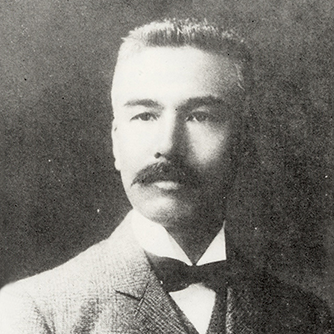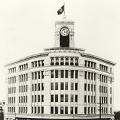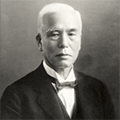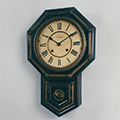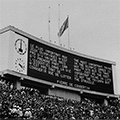| Year | Event |
|---|---|
| 1860 | Born in Uneme-cho, Kyobashi, Tokyo. |
| 1874 | Apprenticed to Kameda Clock Shop to become a clockmaker (age 13). |
| 1877 | Puts up a signboard, “Hattori Clock Repairer” (at his house) (age 17). |
| 1881 | Establishes K. Hattori & Co. (age 21). |
| 1885 | Starts a business with foreign trading firms in the Yokohama settlement focused on the wholesaling and retailing of western (imported) timepieces (age 25). |
| 1892 | Establishes Seikosha Factory and starts producing wall clocks (age 31). (Established in Ishiwara-cho, Honjo-ward with around a dozen employees supervised by Mr. Yoshikawa, a chief engineer). |
| 1895 | Starts producing a line of pocket watches called the Timekeeper (age 35). |
| 1899 | Starts producing alarm clocks (nickel plated) (age 39). Visits watch factories in the West to inspect latest machine tools. |
| 1901 | Becomes the largest watch & clock dealer in Japan (age 41). |
| 1905 | Opens sales agents in Shanghai and Hong Kong (age 45). |
| 1909 | Launches a line of pocket watches called the Empire (age 49). Develops an automatic pinion lathe in-house, dramatically enhancing productivity. |
| 1913 | Introduces Japan's first wristwatch, the Laurel (age 53). |
| 1915 | Promoted to Jugoi (the Junior Fifth Rank) (Kintaro is acknowledged for his contributions to the development of the timepiece industry in Japan and later becomes known as the King of Timepieces in the East) (age 55). |
| 1923 | Seikosha and K. Hattori & Co. (temporary office) burn down in the wake of the Great Kanto Earthquake (September 1). Reconstruction of the factory and office starts in the following months (age 63). About 1500 repair items destroyed by the fire are replaced with new ones at free of charge. |
| 1924 | Launches the SEIKO brand (age 64). |
| 1929 | Starts producing a line of pocket watches (19 model) called the Seikosha Railroad Watch (Japan's first railroad watch). |
| 1930 | Establishes the Hattori Hokokai Foundation to provide scholarships and public works support (age 70). |
| 1932 | Completes the main store of K. Hattori & Co. (the present-day WAKO) (age 71). |
| 1934 | Dies at age 73. |


